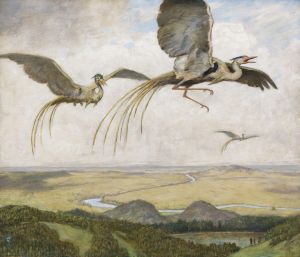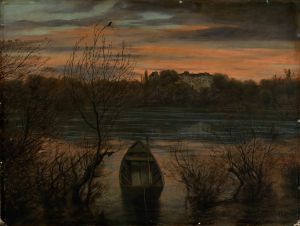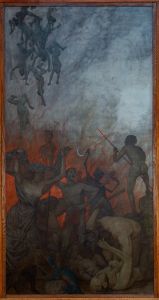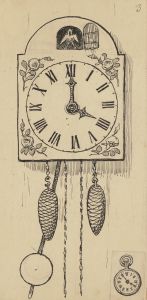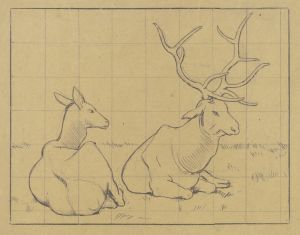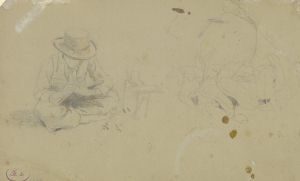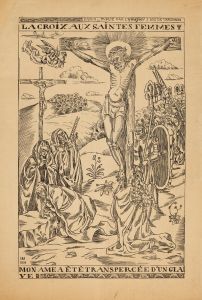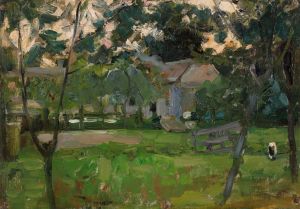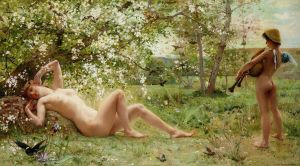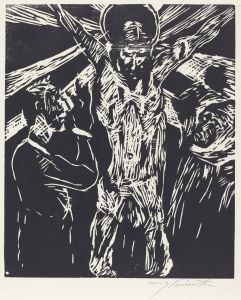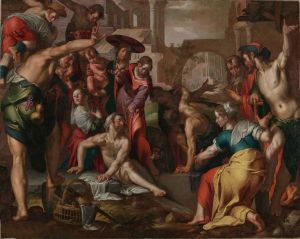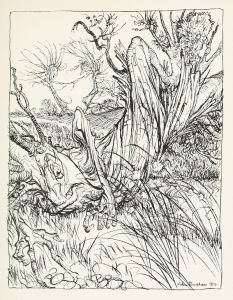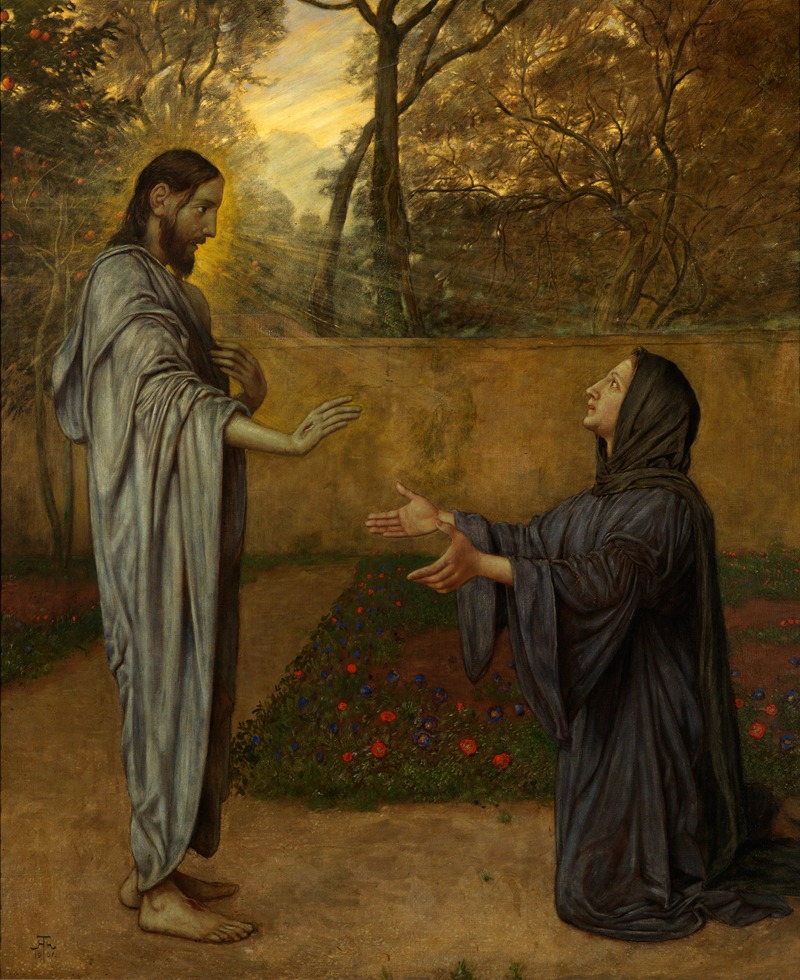
Christus als Gärtner
A hand-painted replica of Hans Thoma’s masterpiece Christus als Gärtner, meticulously crafted by professional artists to capture the true essence of the original. Each piece is created with museum-quality canvas and rare mineral pigments, carefully painted by experienced artists with delicate brushstrokes and rich, layered colors to perfectly recreate the texture of the original artwork. Unlike machine-printed reproductions, this hand-painted version brings the painting to life, infused with the artist’s emotions and skill in every stroke. Whether for personal collection or home decoration, it instantly elevates the artistic atmosphere of any space.
Hans Thoma was a German painter born on October 2, 1839, in Bernau in the Black Forest, and he became one of the most significant figures in German art during the late 19th and early 20th centuries. Thoma's work is known for its detailed realism and often features themes from nature, mythology, and religion. One of his notable works is "Christus als Gärtner" (Christ as a Gardener).
"Christus als Gärtner" is a painting that reflects Thoma's interest in religious themes, which was a common subject in his oeuvre. The painting depicts Jesus Christ in the role of a gardener, a metaphorical representation that can be linked to the biblical narrative where Mary Magdalene encounters the resurrected Christ and initially mistakes him for a gardener. This theme is derived from the Gospel of John in the New Testament, specifically John 20:15, where Mary Magdalene, weeping outside the empty tomb, is approached by Jesus, whom she does not immediately recognize.
Thoma's interpretation of Christ as a gardener is emblematic of his broader artistic style, which often blends realistic detail with symbolic and allegorical elements. The painting likely features Christ in a serene garden setting, surrounded by lush vegetation and flowers, which are common motifs in Thoma's work. This setting not only highlights Thoma's skill in rendering natural landscapes but also serves to emphasize the themes of rebirth and renewal inherent in the resurrection story.
Hans Thoma's art was influenced by various movements and artists throughout his career. He studied at the Karlsruhe Academy of Fine Arts and later in Düsseldorf, where he was exposed to the Düsseldorf school of painting, known for its detailed and realistic style. Thoma also spent time in Paris, where he encountered the works of Gustave Courbet and the Barbizon School, which further influenced his approach to landscape painting.
Throughout his career, Thoma was associated with the Munich Secession, a group of artists who sought to break away from the traditional academic art styles of the time. His work gained significant recognition, and he was appointed as the director of the Kunsthalle Karlsruhe in 1899. Thoma's paintings, including "Christus als Gärtner," are celebrated for their technical precision and the way they convey a deep sense of spirituality and connection to nature.
"Christus als Gärtner" is an example of Thoma's ability to infuse religious subjects with a personal and intimate touch, making them accessible and relatable to viewers. His work continues to be appreciated for its contribution to German art and its ability to capture the beauty and complexity of both the natural world and human experience.






